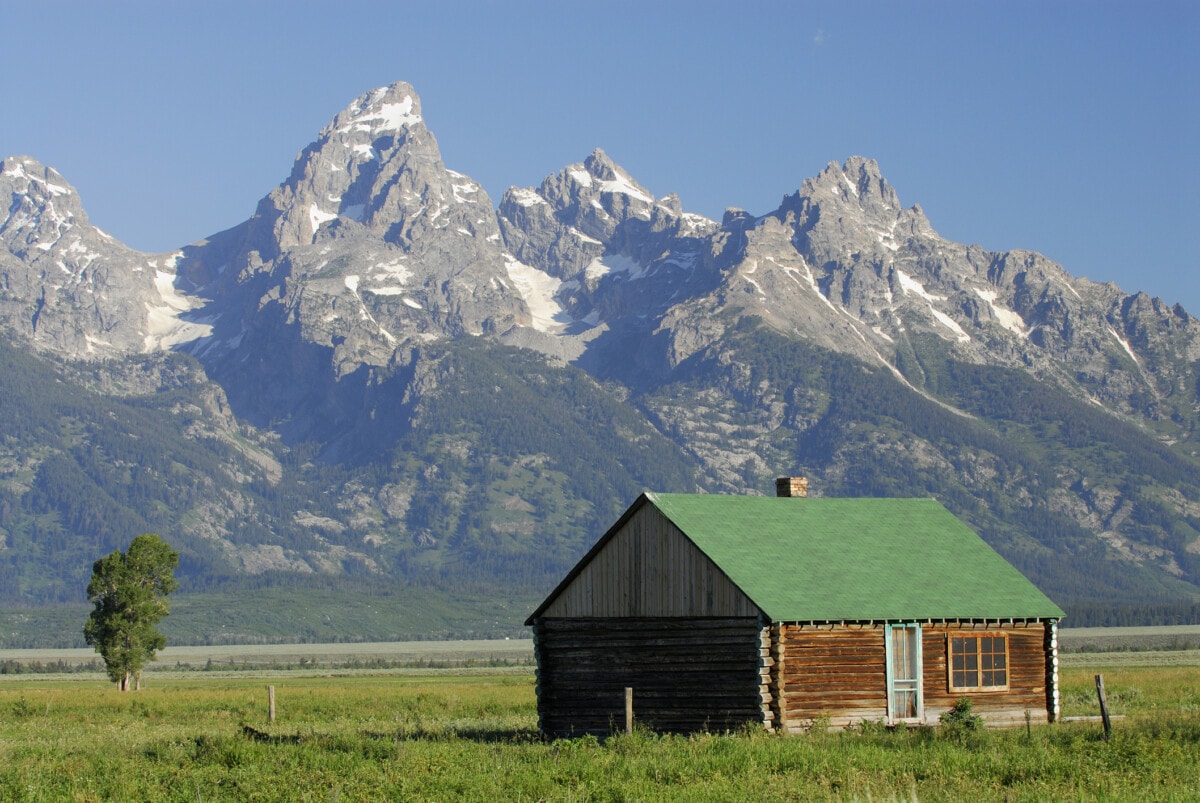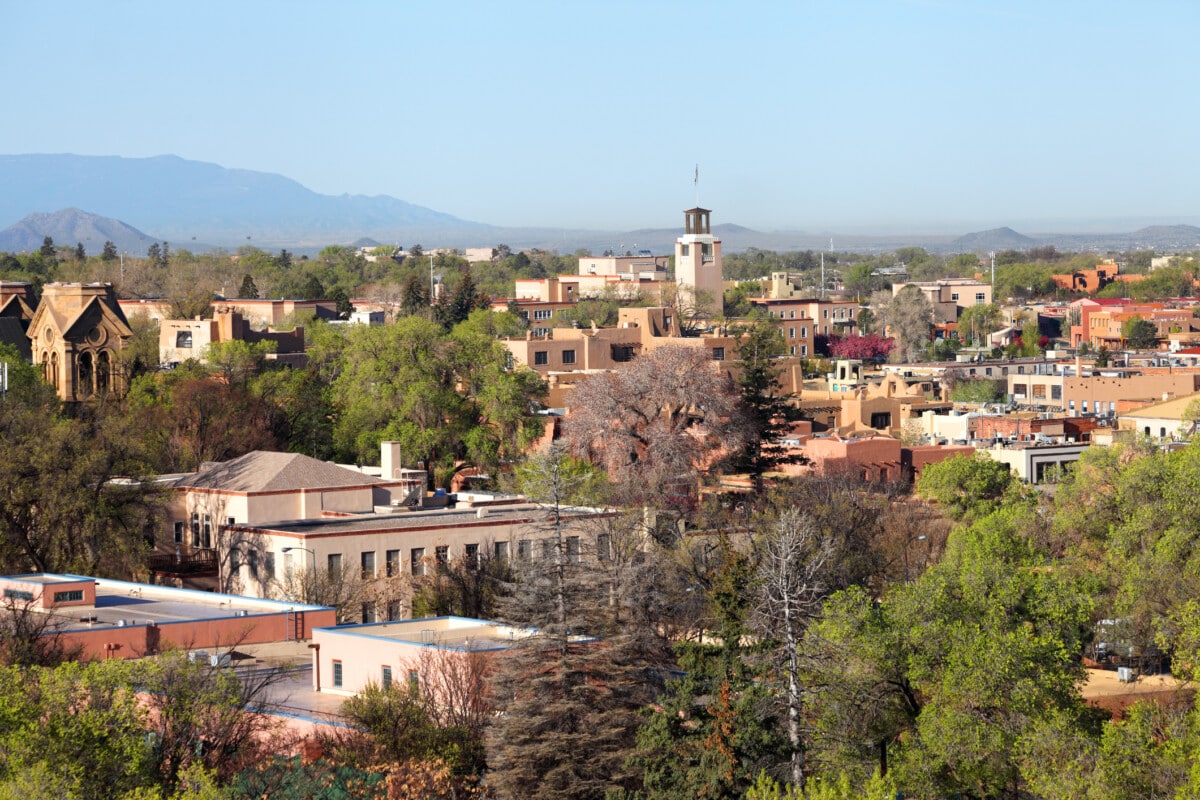August 14, 2024 by Mark Ferguson
This post will dive into a topic that’s been on a lot of minds recently—rising rent prices. It’s easy to point fingers and blame landlords for being greedy, but the reality is far more complex. Rents have been increasing for several reasons, many of which are beyond the control of landlords. In this article, we’ll explore the key factors driving up rent costs, from higher housing expenses to government regulations, and how these factors impact both the rental market and the overall housing market.
Video: Why Are Rents So High?
The Root Causes of Rising Rent
One of the primary reasons rent prices are increasing is the rising cost of housing. This isn’t just about the sticker price of homes; it’s about everything that goes into owning and maintaining a property.
Since COVID-19, we’ve seen significant increases in various costs, including:
- Construction Costs: Labor and materials have become much more expensive. According to data from the U.S. Bureau of Labor Statistics, construction wages have steadily increased, with a sharp uptick since 2020. This impacts the cost of building new properties and maintaining existing ones.
- Insurance Costs: Property and casualty insurance premiums have skyrocketed, particularly in the last two years. The Federal Reserve Economic Data (FRED) shows that premiums for homeowners’ insurance have more than doubled in the past 20 years, with the most significant increases occurring recently. This is partly due to stricter building codes and higher risk factors, such as hurricanes in states like Florida.
- Property Taxes: In many areas, property taxes have risen dramatically. In Colorado, for example, we’ve seen the largest increase in property taxes in decades. The state has adjusted property valuations closer to or even above market value, leading to significant tax hikes. For instance, one of my commercial properties saw its value jump from $125,000 in 2018 to $352,000 in 2024, causing property taxes to increase from $3,220 to $7,717 annually.
Rental Property Cash Flow Calculator
How These Costs Affect Rent Prices
As these costs increase, so do the expenses for landlords. When insurance premiums, property taxes, and maintenance costs rise, landlords have two options: raise rents to cover these costs or sell the property. If they choose to sell, it reduces the supply of rental properties, which in turn drives up rents further.
One common misconception is that landlords are just raising rents out of greed. The truth is, many of us would prefer not to raise rents, as it can reduce our pool of potential tenants.
However, if the costs of owning and maintaining a property increase, raising rents becomes a necessity to ensure that the investment remains viable.
The Impact of Tenant Behavior and Laws
Another factor contributing to rising rents is tenant behavior. Over the years, we’ve noticed an increase in tenants not respecting properties. When tenants leave properties in poor condition, it adds to the maintenance costs. This isn’t the only factor, but it’s a significant one.
Additionally, changes in tenant laws have made it more challenging for landlords to manage their properties. In states like California, Washington, and New York—where tenant laws are particularly strict—rents are among the highest in the country. These laws often make it harder to evict problematic tenants or require landlords to pay relocation costs if they need a tenant to move out. All of these regulations add to the cost of being a landlord, which ultimately gets passed on to tenants in the form of higher rents.
Tenant Screening Best Practices for Rental Properties
The Role of Government Regulations
Government regulations play a significant role in the rising cost of housing. Stricter building codes, such as those related to climate change, have added thousands of dollars to the cost of constructing new homes. The National Association of Home Builders estimated that new climate change building codes could add $31,000 to the price of a new home. These increased costs make new housing more expensive, which in turn drives up rent prices.
Moreover, rent control laws, intended to protect tenants, often have the opposite effect.
Studies, including one from Harvard University on rent control in San Francisco, have shown that these laws can reduce the supply of rental properties as landlords are disincentivized from renting out properties or from investing in new ones. This reduced supply leads to higher rents for the properties that are available.
Does Rent Control Lower or Raise Rents?
The Bigger Picture: Supply and Demand
The supply and demand dynamics in the housing market also play a crucial role in rent prices. Contrary to popular belief, investors are not buying up all the available homes and driving up prices.
In fact, data from the American Community Survey shows that since 2016, the number of renter-occupied single-family homes has decreased by over a million, while owner-occupied homes have increased significantly. This shift has reduced the supply of rental properties, contributing to higher rents.
Conclusion: It’s Not Just About Greed
The rise in rent prices is not simply a result of landlord greed. It’s a complex issue driven by increasing costs in housing, stricter government regulations, and shifts in the housing market. As landlords, we must adapt to these changes, which sometimes means raising rents to keep up with rising expenses. While it’s easy to blame landlords for higher rents, the reality is that these increases are often a reflection of broader economic and regulatory trends.
If we want to address the issue of rising rents, we need to look at the bigger picture and consider how policies, regulations, and economic factors contribute to the costs of housing. Only by addressing these underlying issues can we hope to create a more affordable and sustainable rental market.
What do you think? Let me know in the comments below!




















 English (US) ·
English (US) ·